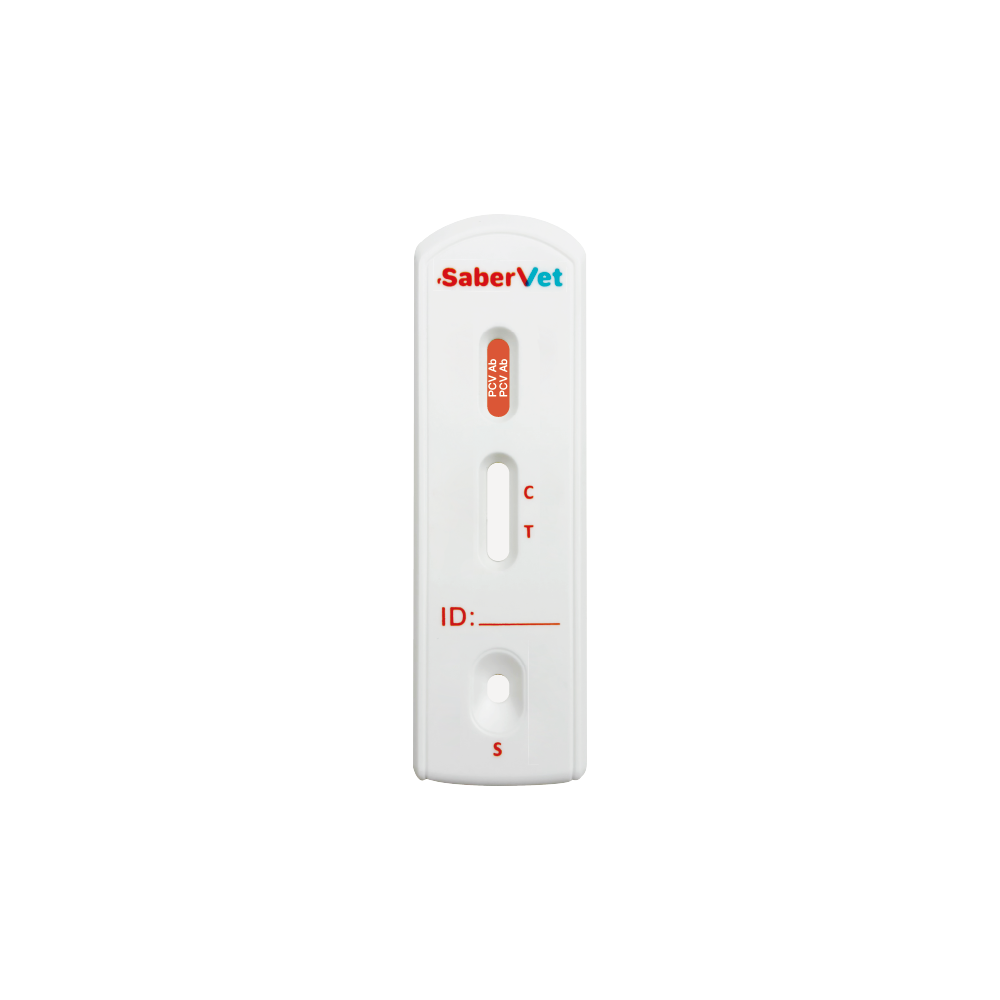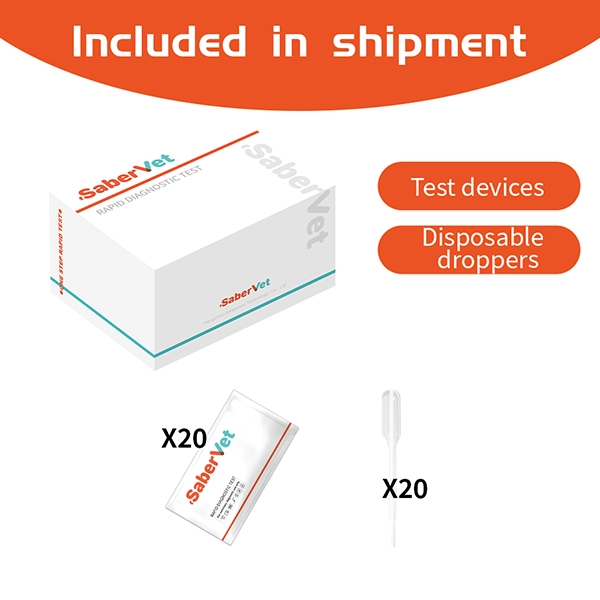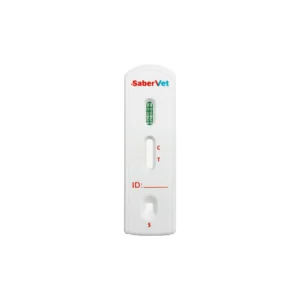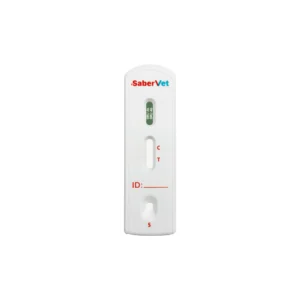Description
Porcine Circovirus (PCV) is a common pathogen in pigs, mainly divided into Porcine circovirus type 2 (PCV2) and Porcine circovirus type 3 (PCV3), among which PCV2 is the main cause of porcine circovirus-associated disease (PCVAD).
Clinical signs and symptoms
PCV2
Post-weaning Multiple System Failure Syndrome (PMWS) :
Growth retardation: Infected pigs grow slowly and do not gain weight.
Emaciation and anemia: Significant weight loss, pale skin.
Dyspnea: Common respiratory symptoms, such as coughing and shortness of breath.
Diarrhea: Sometimes accompanied by diarrhea, resulting in dehydration and weakness.
Swollen lymph nodes: Swollen and necrotic lymph nodes are common.
Dermatitis and Nephrotic Syndrome (PDNS) :
Skin lesions: erythema, purple spots or necrotic lesions on the skin.
Kidney disease: Kidney enlargement, may lead to uremia.
Reproductive disorders:
Miscarriage and stillbirth: Miscarriage, stillbirth, or mummified birth may occur in sows.
Low piglet survival rate: The survival rate of newborn piglets decreased.
Transmission route
Direct contact:
From pig to pig: Spread through direct contact with the bodily fluids (saliva, urine, feces, etc.) of infected pigs.
Vertical propagation:
Sow to piglet: Vertical transmission across the placenta, resulting in sow to fetus or newborn piglet.
Environmental communication:
Contaminated feed, water and environment: The virus can survive in the environment for some time and be transmitted through contact with contaminated items.
Contaminated equipment and people: Contaminated equipment, tools, vehicles and people can introduce the virus into pig farms.
Clinical diagnosis
Clinical symptom observation:
A preliminary diagnosis is made based on typical symptoms such as growth retardation, wasting, skin lesions, and reproductive disorders.
Laboratory tests:
PCR test: The detection of viral DNA in tissue, blood or body fluids by polymerase chain reaction (PCR) is a fast and sensitive diagnostic method.
Immunohistochemistry: Detection of viral antigens in tissue sections.
Serological testing: Serum antibody levels are measured by ELISA and other methods to assess infection and immune response.
Pathological examination:
Pathological changes such as lymph node enlargement, kidney lesions and skin lesions were observed.
Prevention and control measures
Preventive measures:
Vaccination: PCV2 vaccine is administered to pig herds, especially before and after weaning and breeding sows, to increase immunity levels.
Biosecurity measures: Strict implementation of biosecurity measures, including the isolation of newly introduced pigs, disinfection of personnel and equipment, restrictions on people and vehicles entering and leaving the pig farm.
Environmental hygiene: Keep the pig house dry and clean, and regularly clean feces and dirt to reduce viral load in the environment.
Management measures
All in all out: Adopt the feeding and management mode of all in all out to avoid mixed breeding of different batches of pigs.
Isolation and quarantine: Newly introduced pigs should be quarantined and quarantined to ensure they are not infected with PCV.
Personnel training: improve the knowledge and prevention and control skills of keepers and veterinarians on PCV.
Treatment measures
Symptomatic treatment: At present, there is no specific treatment for PCV, mainly symptomatic treatment, providing adequate nutrition and support to prevent secondary infection.
Antimicrobial drugs: Use of appropriate antibiotics to prevent secondary bacterial infections.
Control measures
Quarantine of sick pigs: Quickly isolate sick pigs to prevent the spread of the virus.
Disinfection and cleaning: Thoroughly clean and disinfect contaminated pig houses, equipment and the environment to cut off transmission routes.
Porcine Circovirus Antibody Rapid Test
Antigenne has developed Porcine Circovirus Antibody Rapid Test, which is fast, convenient, and accurate to detect porcine circovirus infection.








